Every September when Apple announces a new series of iPhones, we regularly encounter that from Android the device borrows something to claim it as a revolutionary new feature. This year it's the Always On display. Unfortunately for everyone, the Phone 14 Pro's always-on display isn't just bad — it's a complete misunderstanding of what the feature is supposed to accomplish.
Scoffing at Apple for passing off a years-old feature as new is for the users Androidof course very tempting. Android phones have supported always-on displays since AMOLED became popular and affordable. Motorola has had it for almost ten years, when it introduced the first generation of the Moto X model. Today, you practically cannot find a smartphone with Androidem, which would not have this feature, even in the case of devices with LCD panels.
You could be interested in
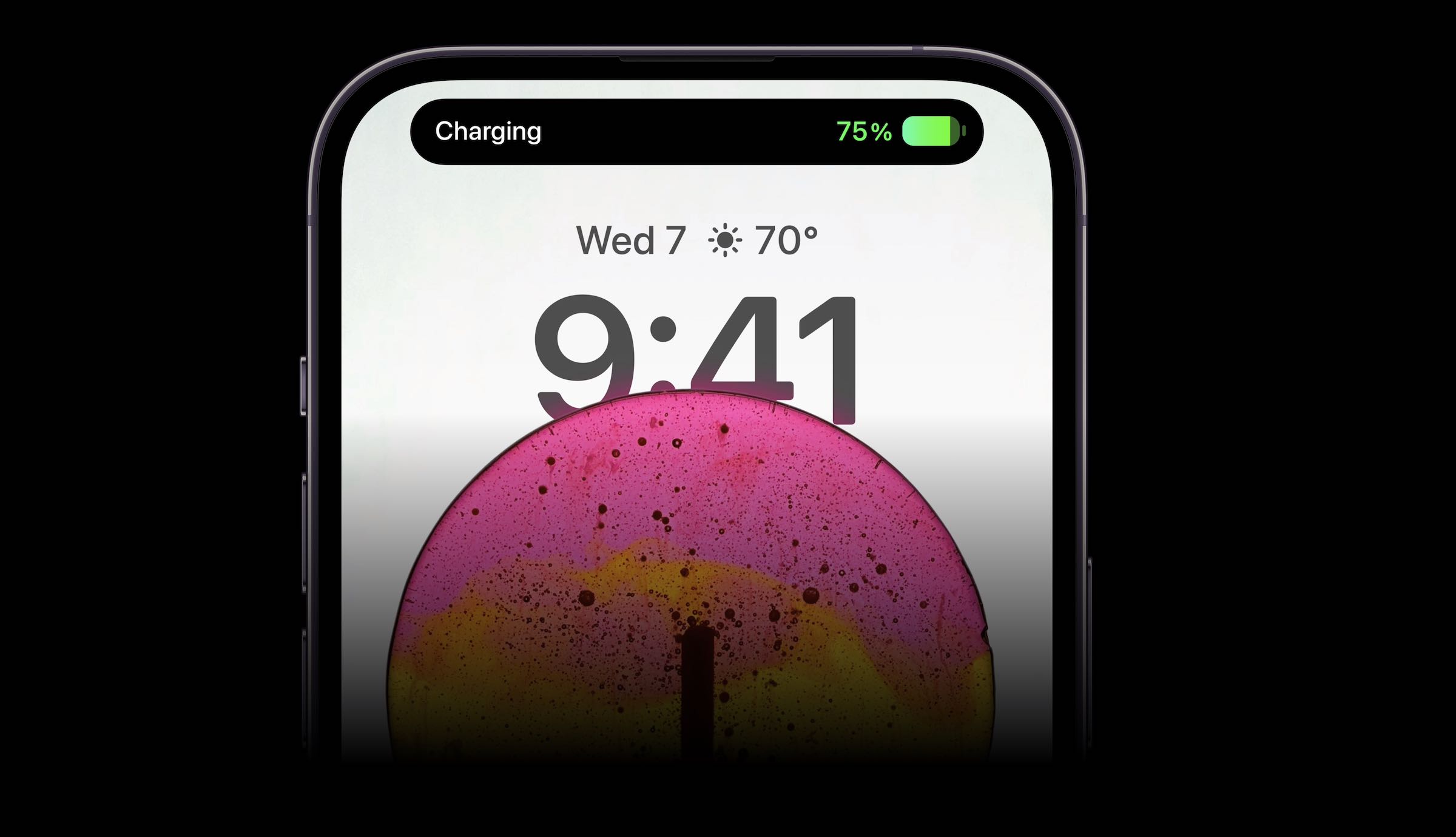
Different technology, different understanding
Apple was pretty much the last major phone manufacturer unwilling to show its users incoming notifications, or even just the time, without having to turn on their device's display. Although some rumors already around the iPhone 13 suggested that it could be the company's first device to get AOD, it didn't come until this year's iPhonem 14 Pro and 14 Pro Max. Unlike basic OLED panels, it uses Apple LTPO technology, which allows the frequency of the display to drop to 1 Hz when inactive, mainly to save battery.
But over the many years that AOD has been here, we've seen countless phones with the system Android with always-on displays that, thanks to OLED panels and the lighting of only a handful of pixels, did not suffer from any major battery problems. The iPhone 14 Pro is also far from the first smartphone to use LTPO, for example the i Galaxy The S22 Ultra that was introduced earlier this year. However, once you understand how Apple's AOD works, you'll understand why this iPhone feature is so bad.
You could be interested in
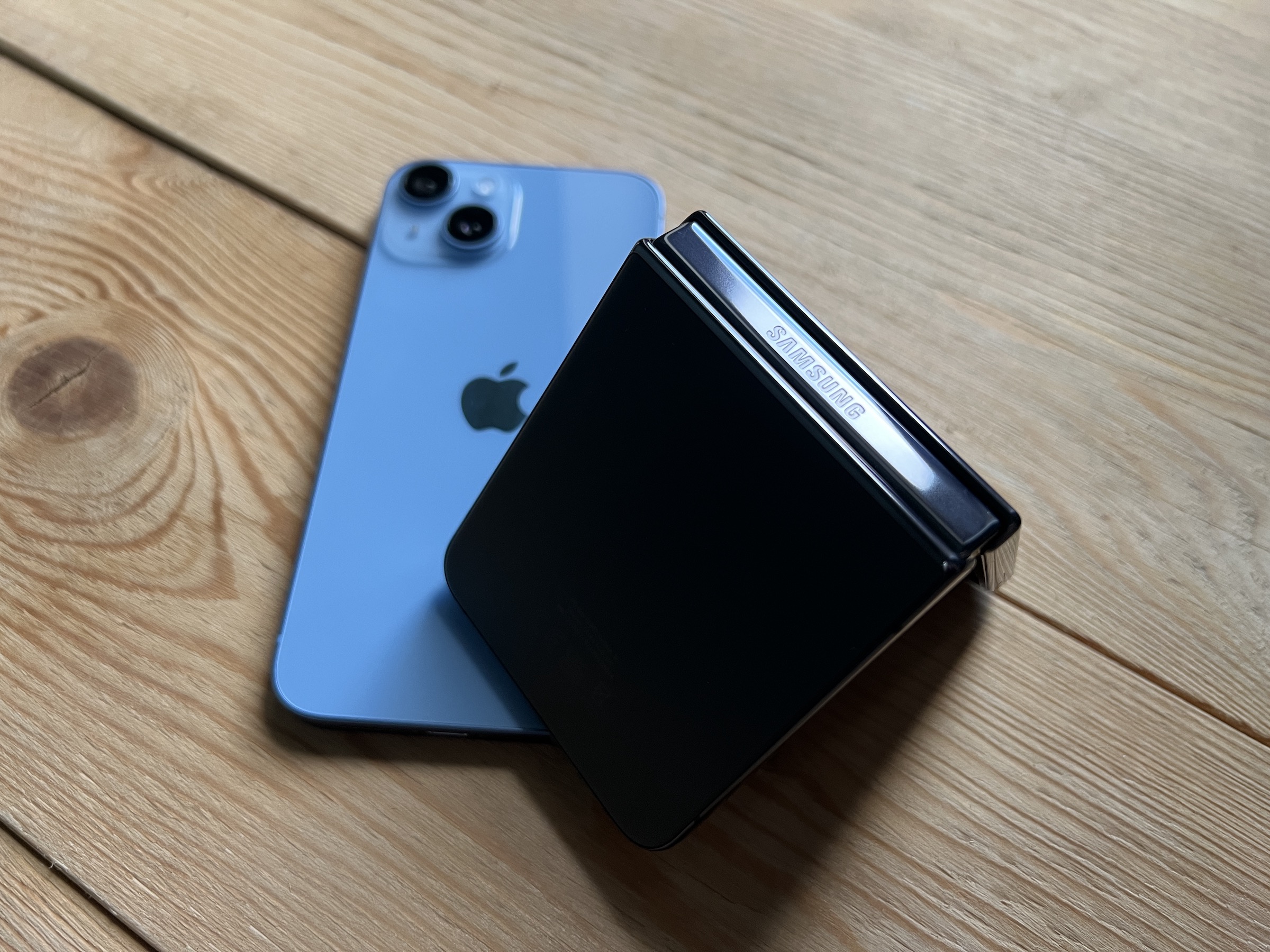
When two do the same thing, it is not the same thing
Despite the technical complexity, Apple's always-on display is relatively easy to understand. Unlike Androidu, where AOD is usually its own interface, it is on iPhonech 14 Pro just a muted version of what is shown on the lock screen. There are no dedicated notification icons and no black – for better or worse, everything is where you "left it" when the display was on (well, almost, because the battery indicator might disappear). This is exactly the reason why Apple had to turn to LTPO technology because otherwise keeping all those pixels lit up would kill those phones' batteries in a matter of hours.
On the one hand, it's nice that he's getting along Apple his way, on the other hand, why he takes such an impractical path is quite a mystery. I've been using it since it went on sale iPhone 14 For Max, which you could see in our article, and this feature drives me crazy. iPhone AOD issues boil down to two main gripes. First, it is too bright. At night, you'll have to turn the phone upside down to dampen the crazy glow from the display. Yes, Apple he states that he is learning AOD, but stupidly and long, he hasn't learned it yet - so not ideally. It's still on in the evening, but in the morning, when it could be on again, it's off, so you can't even check the current time with just a glance.
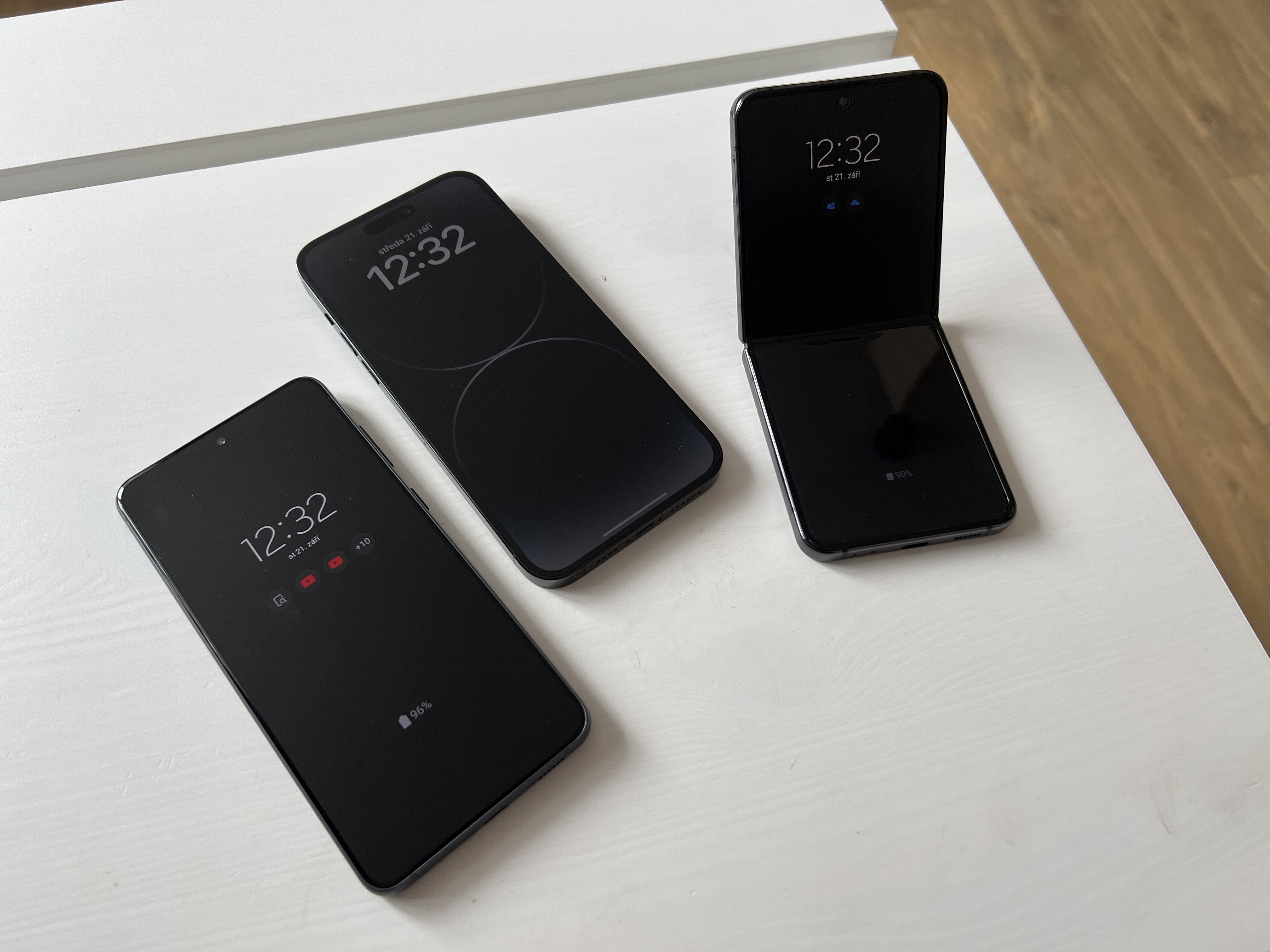
It can also be regulated with Focus mode, but you only want to use it to define the behavior of the function you want in Androidu can very easily set up for several different uses? Second, it is too distracting. Always on displays in the system Android they're simple, as they should be: they provide a quick way to check the time, see any missed notifications, etc. Apple in contrast, it promotes its customizable lock screen, which means all notifications pile up at the bottom of it. All of a sudden, you only see the last few notifications, and they overlap each other.
You could be interested in
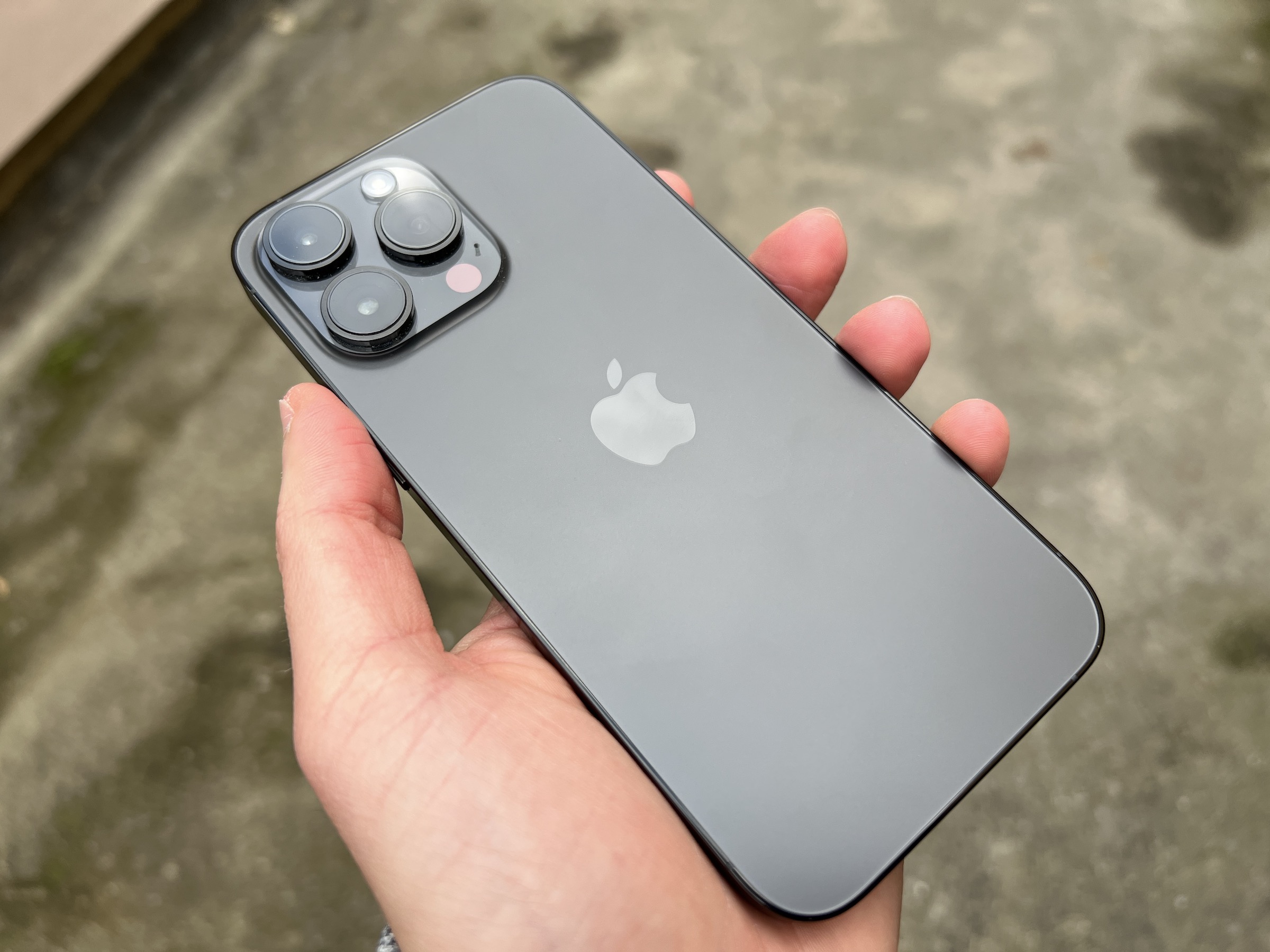
Every single touch means lighting up
Moreover, you can't even interact with anything here without "waking up" the display. You can't even pause the media being played, even though the music player widget is present. So the current state is an unattractive and impractical kitty cat that is so hard to get used to that you might want to ditch it altogether. Apple of course a software update can fix this. He could at least add a switch to the settings that would allow switching the display to a completely black display, but this is unnecessarily hidden in the Focus mode.
It would also be nice to move the notification back to the top like it was in previous versions iOS, and allow the user a better overview of what is actually happening on the phone. He could also reduce these notifications to simple icons to make the visuals clearer. But none of that is likely to happen - at least not anytime soon.
Apple's Always On isn't flawed, it isn't broken, it doesn't need to be fixed or changed because it is exactly what it is Apple he wanted. So it keeps your wallpaper in sight, because it's all focused on it iOS 16. What about the fact that users simply did not want this. Because but Apple unfortunately, it insists on doing things differently than its competition, giving iPhone users a much worse experience. And as long as the company refuses to admit that other brands have done it before and better, it will continue to be far behind the usefulness of the AOD system Android.
iPhone You can buy the 14 Pro and 14 Pro Max here, for example
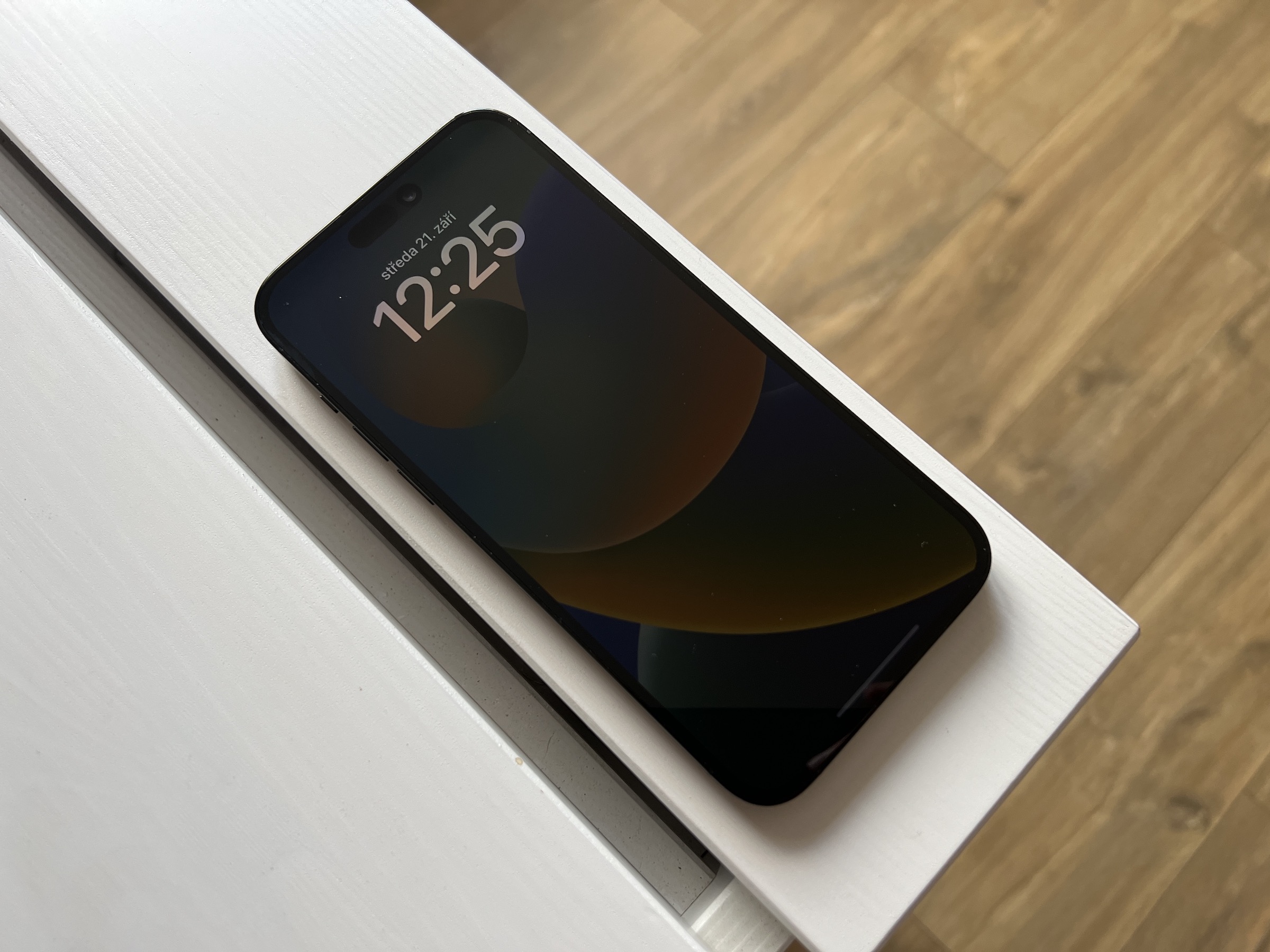
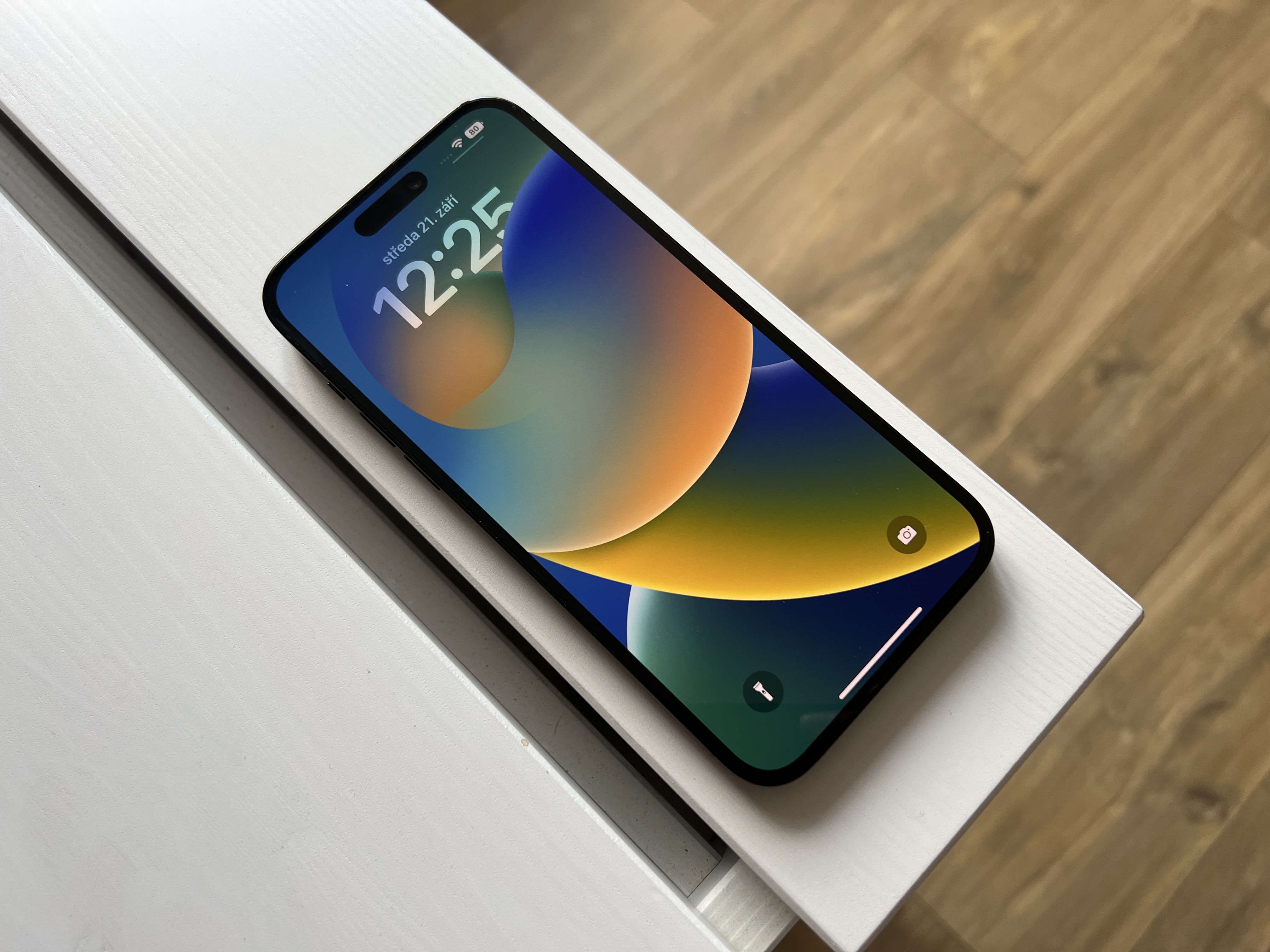
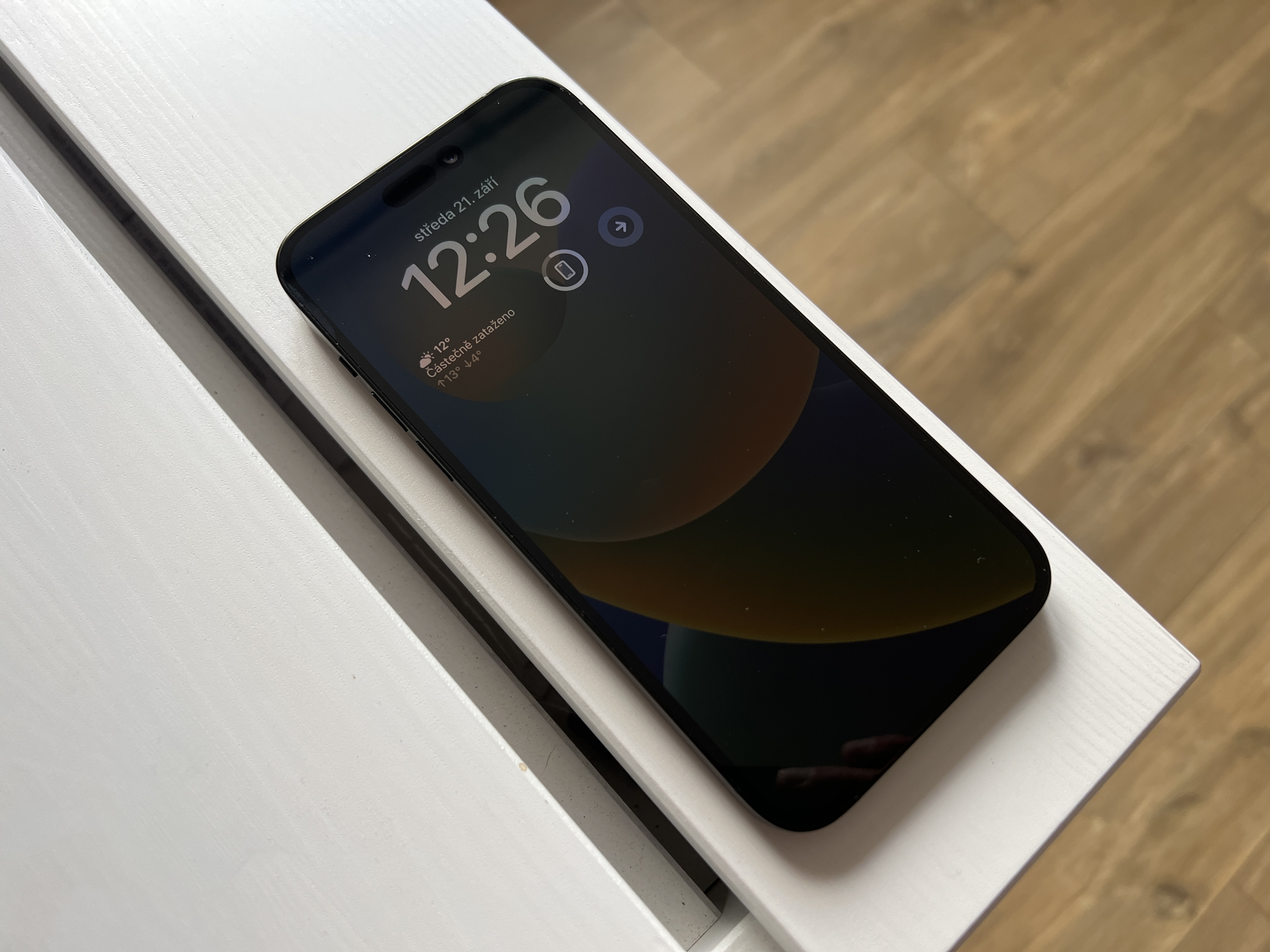
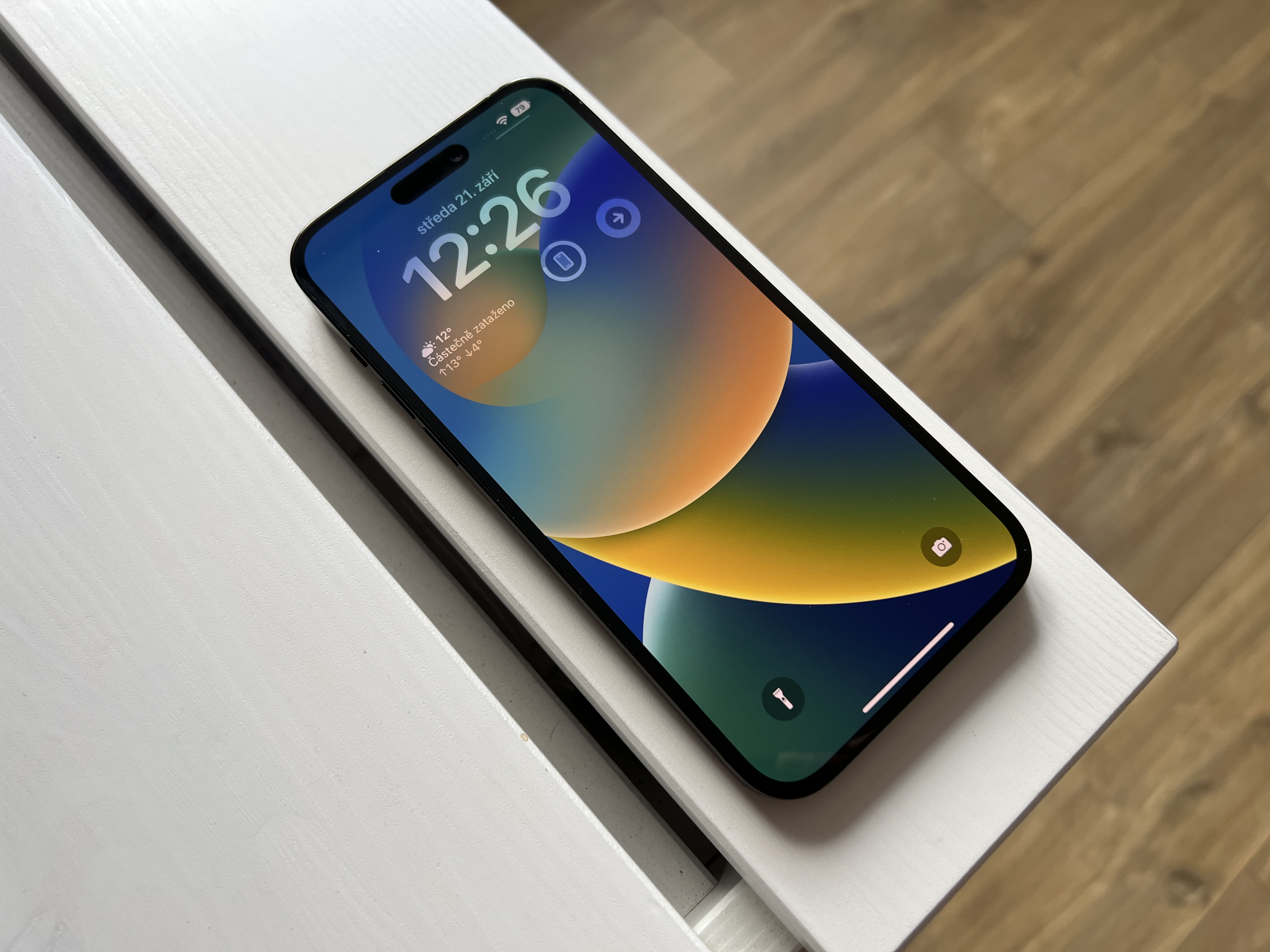

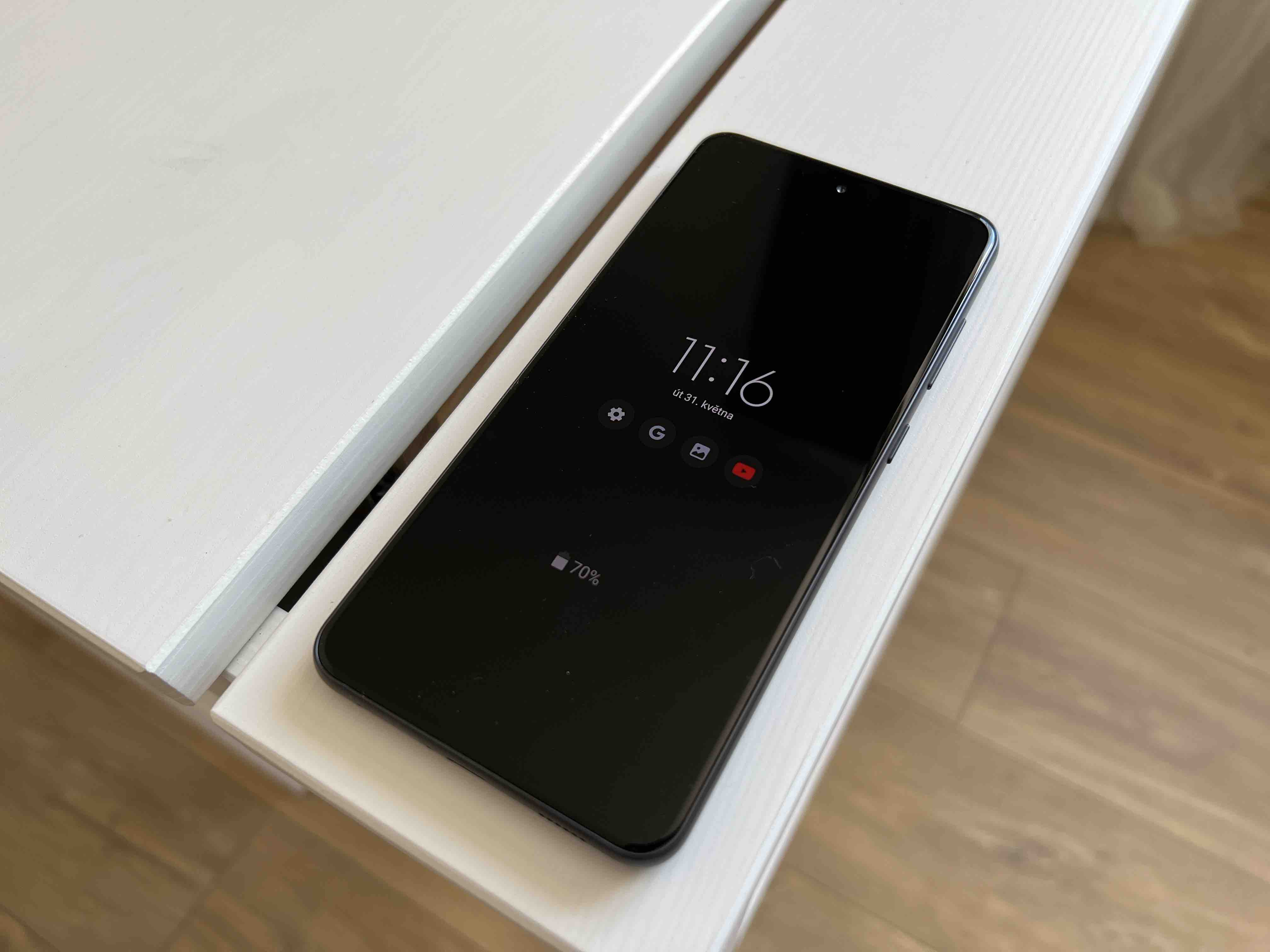

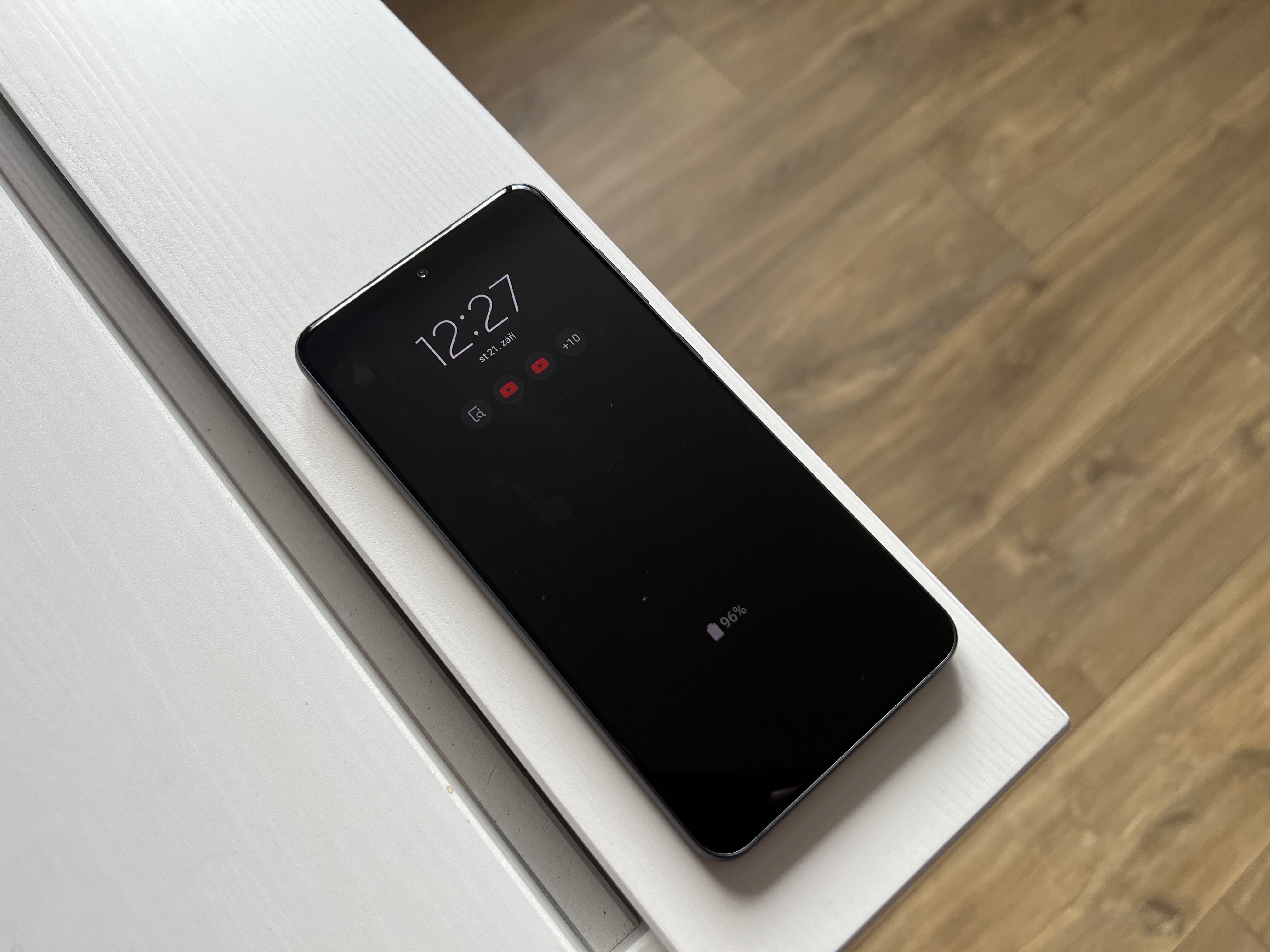

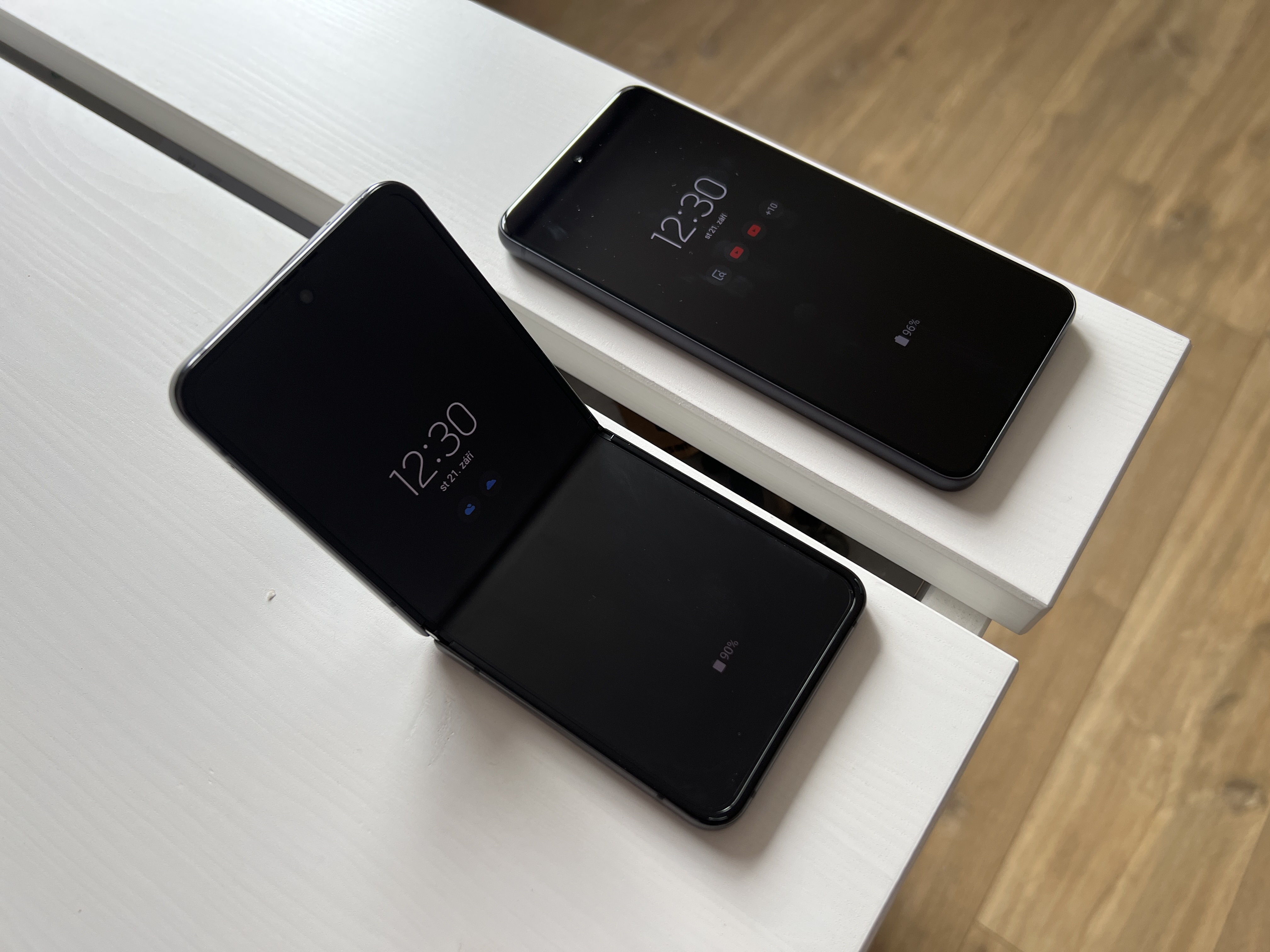
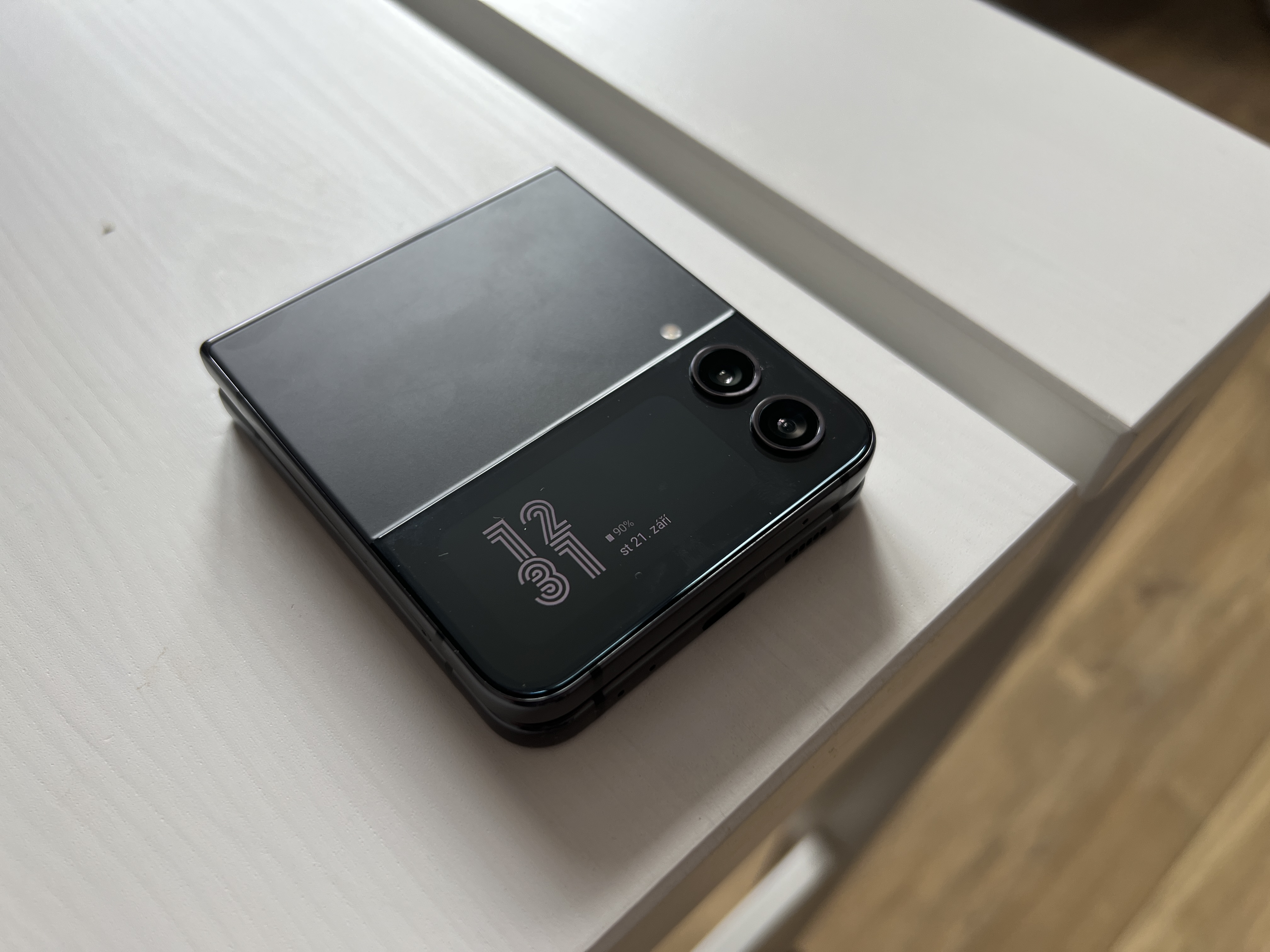
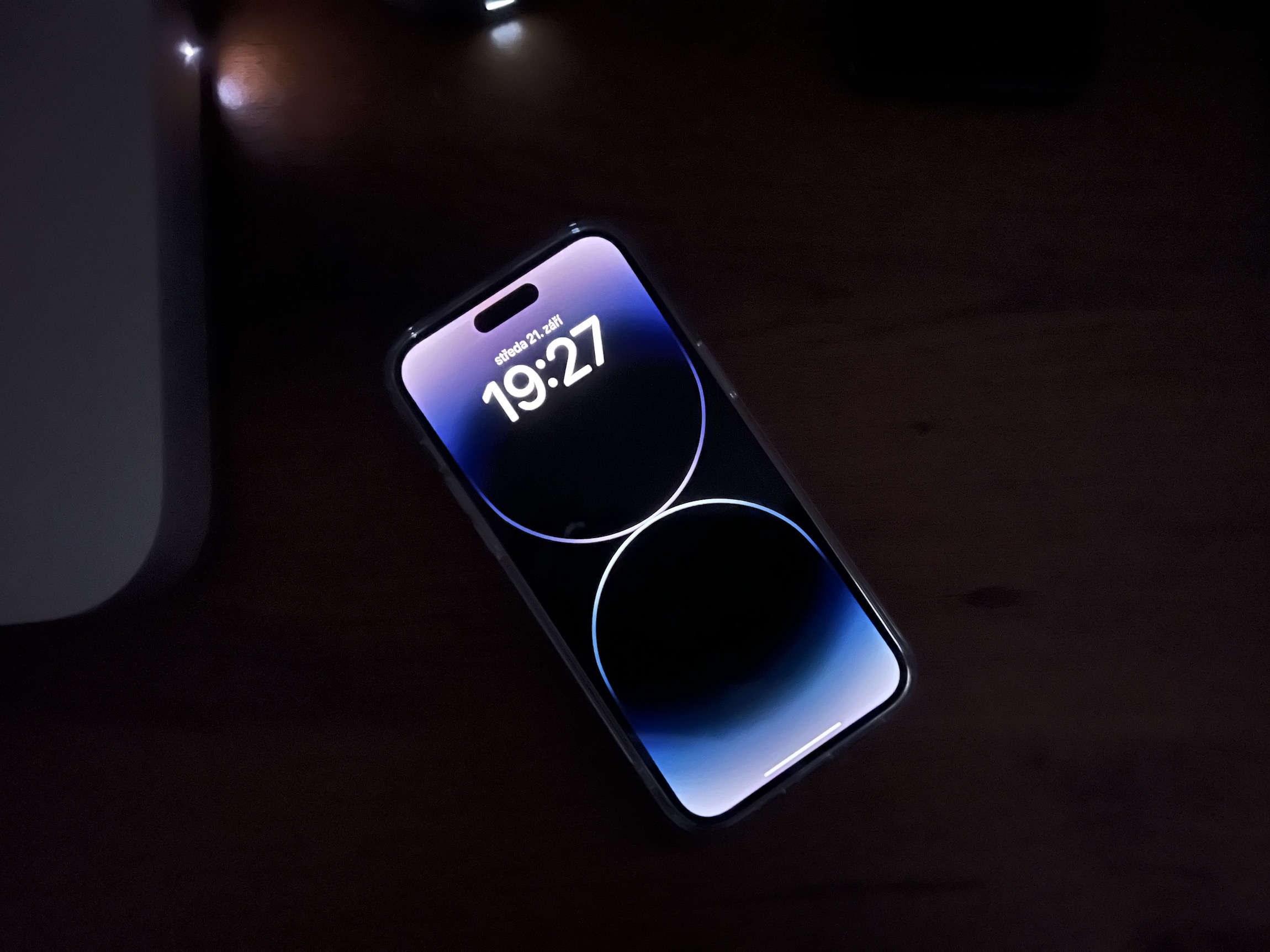
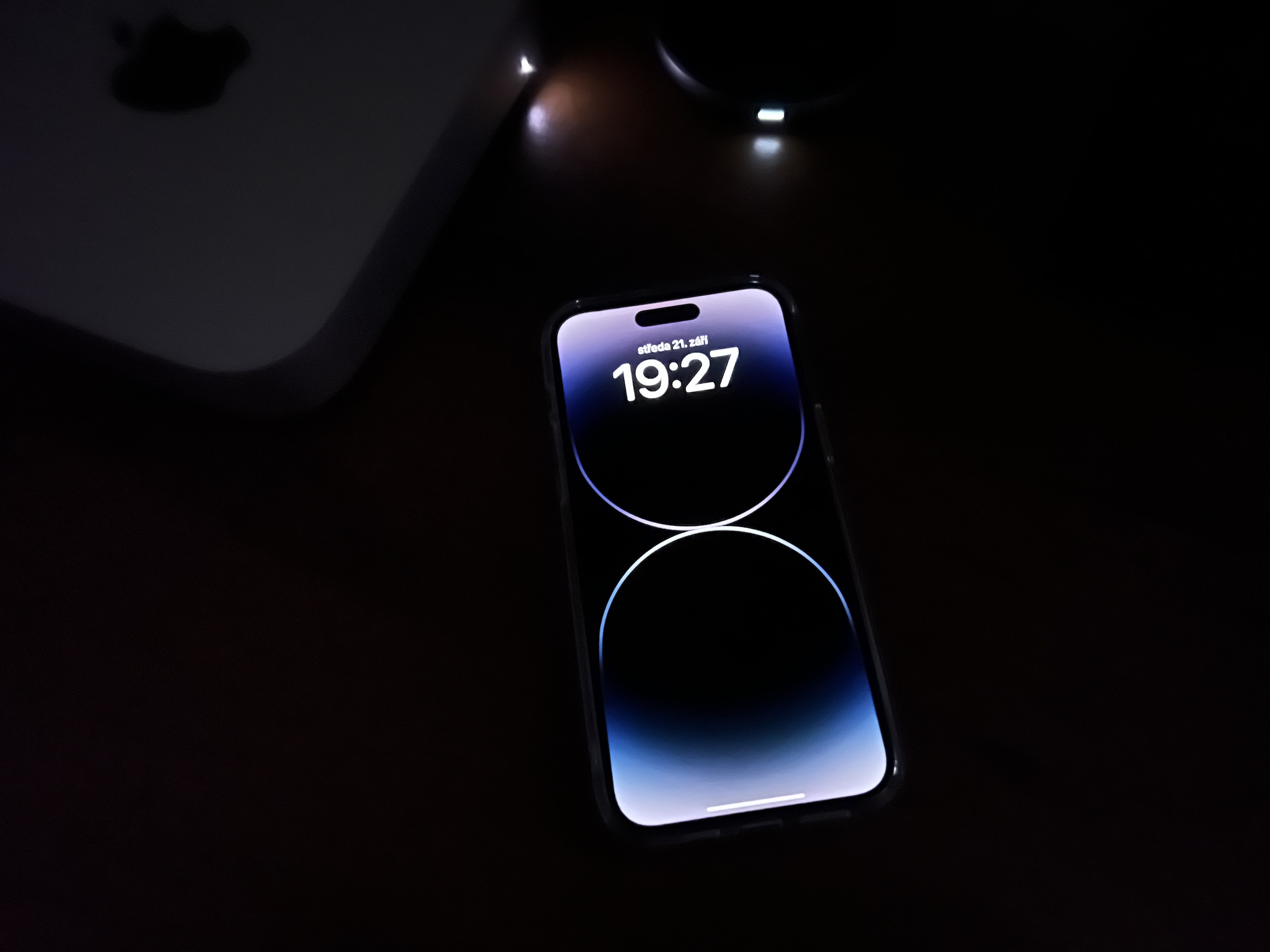
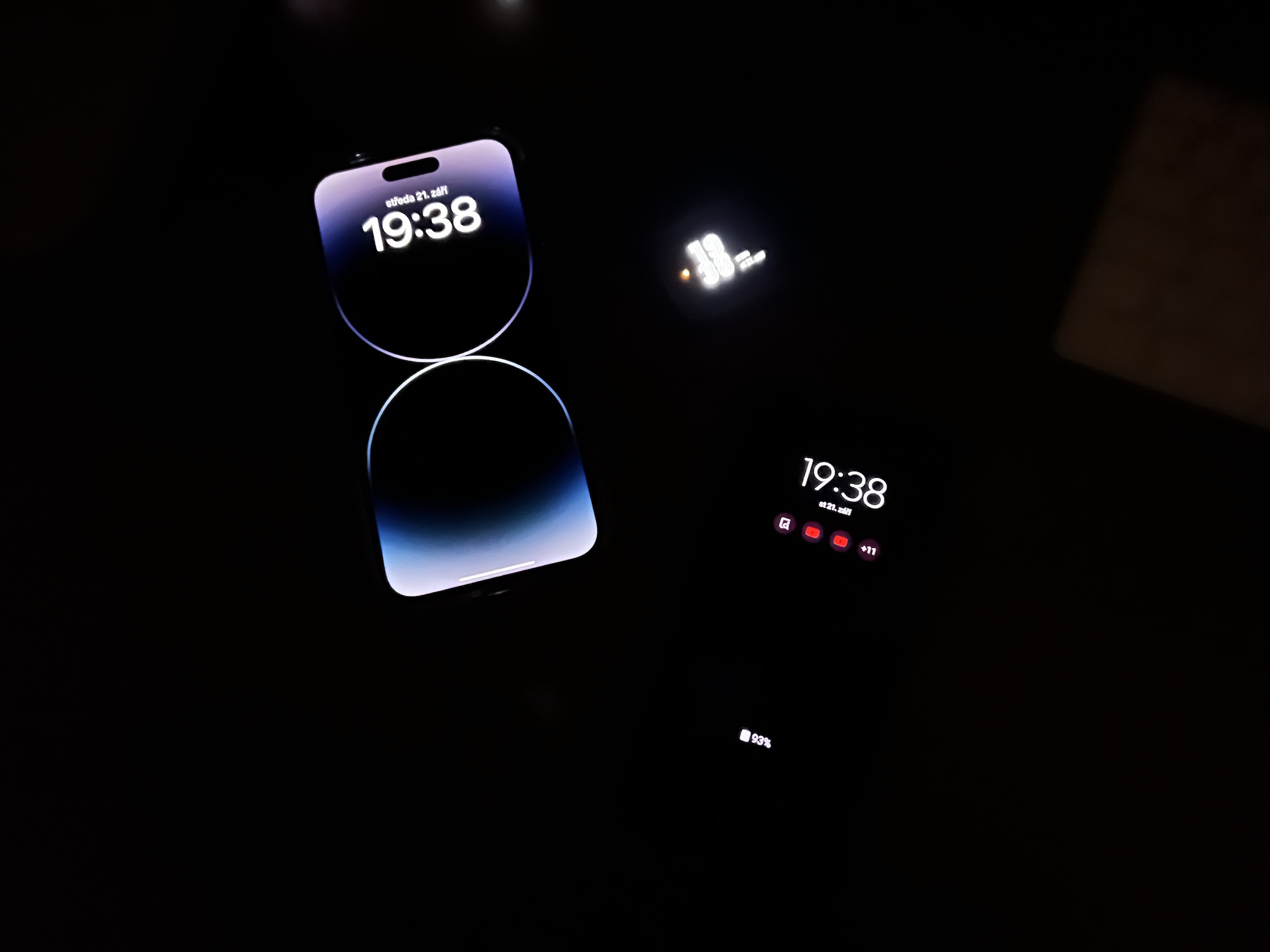
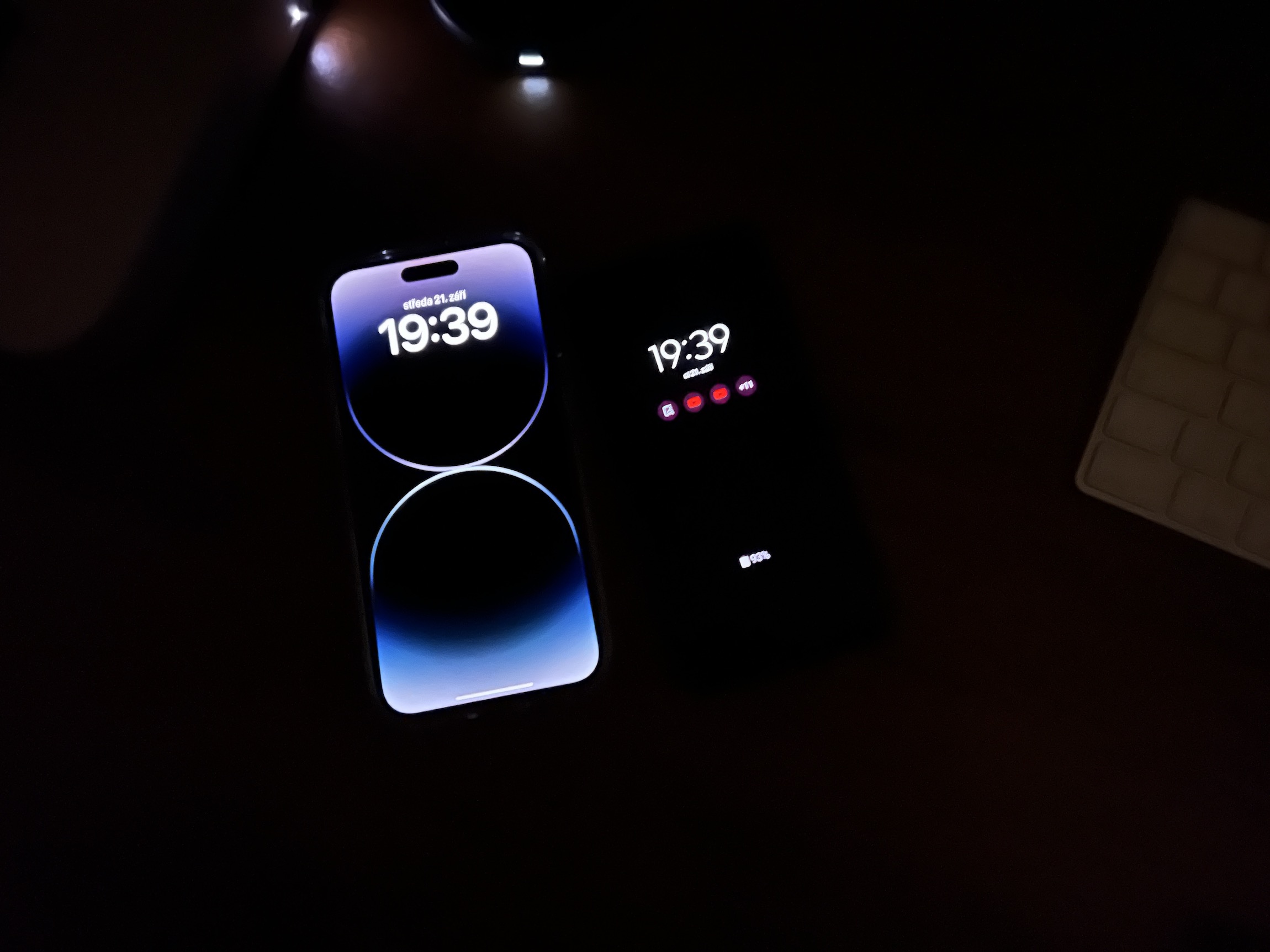
I agree with everything in the article, nicely written. Apple's AoD is appalling.
Yes I agree. One of the main features why I switched from 12mini.
I docked them disappointed
I don't understand this. Yes, the article is nicely written, but I own it myself iPhone 14 Pro Max since the start of sales and AoD was brighter for the first two days, but today, 28.9. it's so super dark, I even have it on my bedside table, I can hardly see it, it goes off at midnight and I just absolutely don't notice it after literally a few days, it's dark even during the day. I have the latest update, but I think this is just a matter of getting used to it. Best AoD for me so far and I used to be an android. Yes it's different but it adapts it already works like "Apple" he enjoined <3.
It feels like a bad dream to me and I can't get rid of the feeling that Apple already has someone "sick" dictating what the system should look like ios better said, it looks more and more like an offshoot or clone of Handroidat…
I just have to confirm again:
Steve we miss you!
However, no one is forcing anyone to use such a thing. I don't understand why anyone gives a damn about him Apple does he force you to do something? She doesn't force him to do anything at all. The feature is optional in the first place. The second thing is that no one is forcing anyone to buy the 14 Pro or 14 Pro Max.
I don't understand buying something that doesn't suit me and then cursing it.
I'm from the other party, the one that likes iPhones. It threw me here from letemsvetemapplem.eu. I also bought a phone with Androidem. Other than getting lost in it, I don't have a problem with it. I don't have a problem with features that don't work in it either, but they work great in the world of connected products Apple. I understand that some are comfortable with one and others with the other. But what I don't understand is the eternal cursing, attacking and accusing of stealing ideas. what i know iPhone was the first. Not the first smart device, but the first phone that showed the way. Then similar phones with Androidem. Built on the Linux kernel. So I wonder if Android it's not actually all a bit stolen, even though Linux is free...
Only a fool envies someone, blames them. Only a fool feels wronged that someone uses his idea (uses, not abuses). We all learn, we copy each other. What's the problem with one system taking a competitor's good idea and applying it to their devices? Where would he be Android, Windows, Linux, iOS, MacOS… was if it didn't happen? It's not about stealing technology. It's just about user satisfaction.
I don't agree at all. Best made AoD for me. I don't want retarded antediluvian graphics coming out of a black screen. Apple makes sense to me. You can see who wrote this article 😀 Just let the Androids keep to themselves. Here, nobody solves them, on the contrary, they still solve us.
Exactly, in addition, the author of the article has no idea that he can put the phone screen down at night (yes, really iphone in this position it won't explode or cause any health damage to him) or like me, I set the battery saving mode for the night and that turns off the AOD too. Otherwise, in the dark, the brightness dims so much that I can hardly see the wallpaper, only decently the time and widgets. Another option is to set only black color as background. Well, it would take some thinking, but maybe the reviewer just had the wrong piece. 🙂
Yes, it's not better to do dog pieces with a simple function to make it work anyway 😄
Your comment is laughable. A typical apple picker who simply won't admit that it's not perfect and will rather look for ten annoying detours to justify that it's actually okay. Just the fact that you have to put your phone with the display down so that it doesn't light up is laughable. I'll skip the joke about the explosion, how about something like that iphone 6 bendgate, or an inflatable battery... And set a black wallpaper when you apple so beautifully served colorful palettes, what about androidu are from the beginning of time to cry. It never ceases to amaze me how much people can defend nonsense.
viktor: what's wrong with having a mobile phone with the display facing down? For me, it is in its standard position, unless it is in a pocket or on a stand. Why should the display be up? However, every call, message, notification will only be a disturbing element.
This is also the reason why I don't deal with something like AoD at all and it would be the first thing I would turn off. What is it supposed to light up and display? informace to everyone who sees it and especially why to display any notifications at all. When someone calls me, it rings, and I also have an acoustic notification when I receive a message. Even silent mode for selected people. And if I don't register it (which will be difficult with a watch) and he doesn't write or call me anymore, then it's probably not urgent that I have to bother responding to it.
Dealing with crap like AoD…
...in Apple's presentation it makes sense to me..lol..where did I think I heard this funny message that 🤣 Yes, Steam Meter, everything makes sense. To the point.., AOD from jabka is really a funny piece of shit, when they absolutely couldn't master this technology even after years of trying and copying, that's why they only offered a normal darkened lockscreen instead... but even that's not good for a kid's system.
AoD on iP14 Pro absolutely suits me!
It suits me as well iPhone 12 Pro = pointless function.
1: either I register the call/message and act accordingly
2: I do not register the call/message and no one writes/calls again = no need to respond immediately
3: why look at annoying notifications - on any phone
In addition, visual notification can be turned on in iOS even without AoD. You can have notifications on your watch…
Personally, I simply don't see a reason to check notifications and still have them in sight, it's just an unnecessary distraction and reducing possible productivity.
JirkaK: But no one cares about you, except you.
For me it's a matter of personal preference. I moved the fresh from Androidright on the 14 Pro Max and I can say for myself that this method of AoD suits me better than on androidu. He learned relatively quickly when to dim himself (it is also necessary on the basis of using the alarm clock and night mode) and currently I have no problem with his brightness.
in order to defend it for that money, you probably can't write a negative, don't be afraid to allow yourself to be criticized. we don't eat a stick figure.
@slavo Stupid answer…
Or it's completely out of people's ass. AoD is a function that many people missed, at least in the sense of notification of an event. Visual notification on iPhone it can be turned on long ago through accessibility. In addition, a lot of people use watches precisely as a mediation between the phone and the user.
This is similar to the 120Hz display, a few loud people are shouting how necessary it is and the reality is that quite a few people turn it off because it's useless. Especially when the display can't go down in frequency. You don't need 120Hz to look at the home screen...
What about Motorola, but Lumia brought Always on to greater prominence. Otherwise, Always on from Apple also seems to me to be a nice alternative solution. Why not for me.
Hello, I greet you Petr Mára, new comment. Today we take a look at the Always On Display of the new iPhones 14Pro and 14Pro Max. It makes sense to me as it should Apple set up, there are simply ones in it. Android he's been using this feature for years and it's so worthless Apple he waited a few years and fine-tuned this feature to perfection. By the way, this comment is sponsored by iStyle, thanks for your support.
If I put the phone with the screen facing down, there is probably no need for AOD...
That's right, this is the most common location for my phone when it's not in my pocket, backpack, or maybe in the car or on a desk on a kickstand...
Even if my mobile phone lights up with some disturbing notifications.
Thank you Metra Páro. I hope you already wear it apple watch ultra like a third watch on the ankle 😀
Of course, if iStyle gives that too, why not I have ultra on my left leg and 8s on my right! It makes sense to me and I have a new oura ring on my finger! Thanks for your attention ! Tell me what you think about it!
Mainly it eats more than on my 3 year old mobile with 60Hz 🤣
"I've been using it since it went on sale iPhone 14 Pro Max, which you could see in our article by the way, and this feature is driving me crazy.”
—- I'm glad that a rush like AOD keeps me calm and doesn't drive me crazy 😀 😀
So I don't have 14 pro, can't it be set so that the always-on mode turns on automatically, for example, from 8 in the morning to 6 in the evening, within the do not disturb or focus modes? and set a black background for the oled display on the locked screen